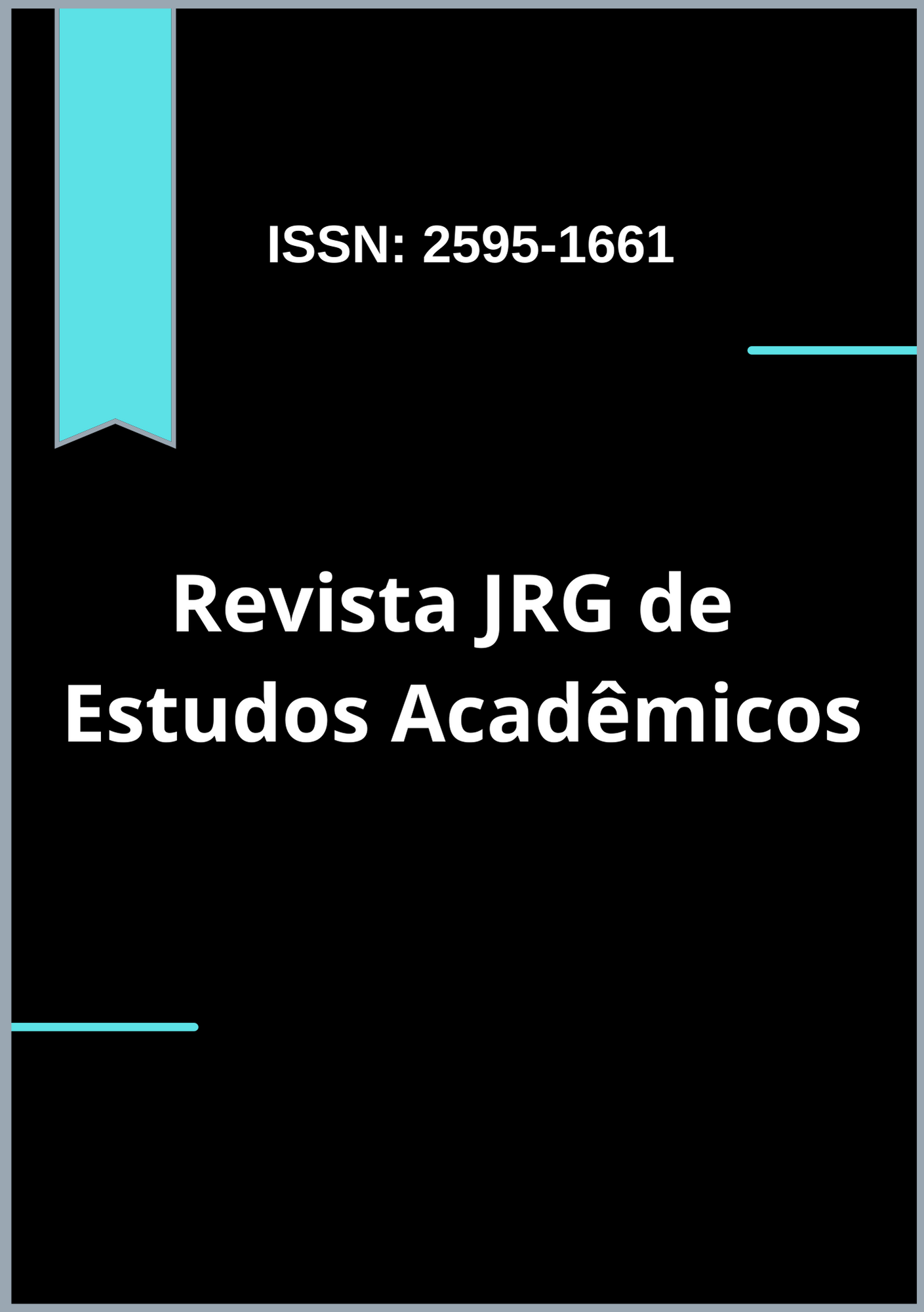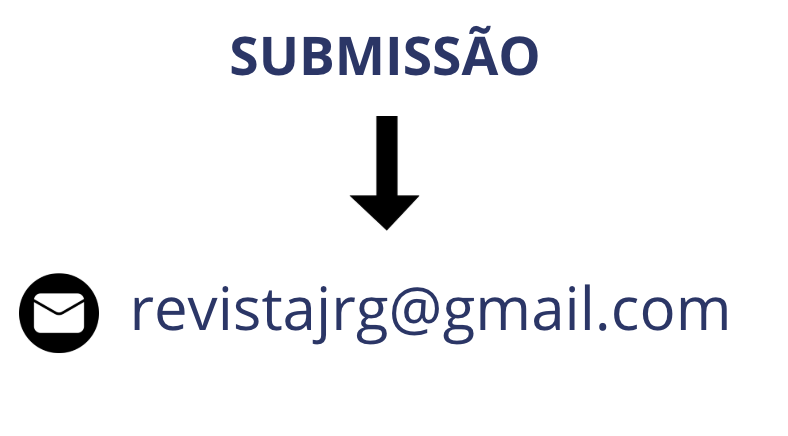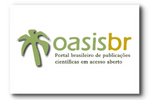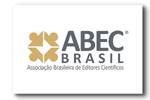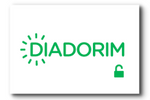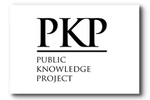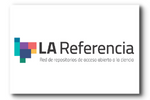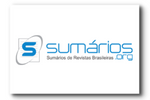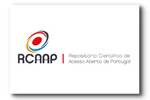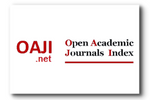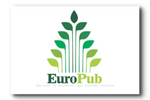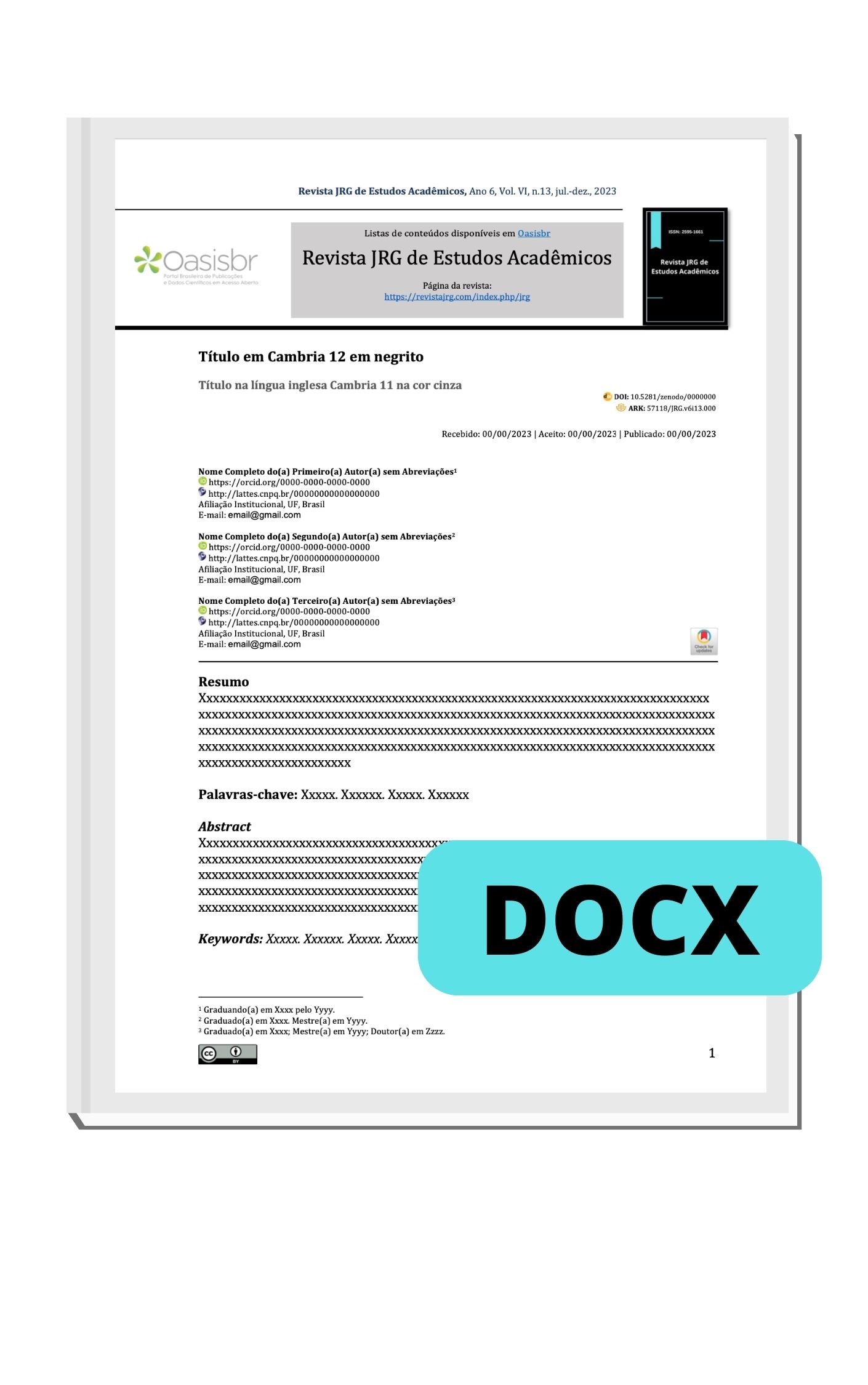Biorremediação em ecossistemas ácidos: Potencial Biossurfactante da Candida tropicalis isolada do Rio Negro (Amazonas, Brasil)
DOI:
https://doi.org/10.55892/jrg.v8i19.2676Palabras clave:
Região Amazônica, Biodegradação ambiental, Poluição por Petróleo, Substâncias TensoativasResumen
Objetivo: Investigar o potencial biossurfactante de leveduras do gênero Candida tropicalis isoladas da água da área portuária do rio Negro, em Manaus (AM), com vistas à sua aplicação em processos de biorremediação em ecossistemas amazônicos. Metodologia: Foram coletadas amostras de água na orla do rio Negro, no porto público de Manaus durante o período de cheia. Os microrganismos foram isolados em meio Bushnell e Haas suplementado com 1% de óleo diesel como fonte de carbono. A identificação presuntiva das leveduras foi realizada em meio CHROMagar Candida®, com posterior avaliação do potencial biossurfactante por meio de bioensaios de emulsificação e do teste de biodegradabilidade utilizando o indicador redox 2,6-diclorofenol-indofenol. Resultados: Foram isoladas seis leveduras identificadas como Candida tropicalis. Todas demonstraram capacidade de emulsificação, com índices variando entre 6% e 53%, sendo o maior valor obtido pela cepa L1. O teste de biodegradabilidade indicou descoloração completa do meio mineral após 24 horas de incubação, confirmando o potencial biossurfactante e a capacidade de degradação de óleo diesel. Conclusão: Os resultados indicam que leveduras C. tropicalis isoladas da área portuária do Rio Negro apresentam atividade biossurfactante relevante e potencial de biodegradação de hidrocarbonetos, reforçando a importância da biodiversidade microbiana amazônica como fonte de compostos com aplicação biotecnológica.
Descargas
Citas
ALMEIDA, D. G.; SOARES DA SILVA, R. C. F.; MEIRA, H. M.; BRASILEIRO, P. P. F.; SILVA, E. J.; LUNA, J. M.; RUFINO, R. D.; SARUBBO, L. A. Produção, caracterização e formulação comercial de um biossurfactante de Candida tropicalis UCP0996 e sua aplicação na descontaminação de poluentes de petróleo. Processos, v. 9, n. 5, p. 885, 2021.
ATASOY, M.; ÁLVAREZ ORDÓÑEZ, A.; CENIAN, A.; DJUKIĆ-VUKOVIĆ, A.; LUND, P. A.; OZOGUL, F.; TRČEK, J.; ZIV, C.; DE BIASE, D. Exploitation of microbial activities at low pH to enhance planetary health. FEMS Microbiology Reviews, v. 48, n. 1, p. 1-29, jan. 2024.
BADMUS, S. O.; AMUSA, H. K.; OYEHAN, T. A.; SALEH, T. A. Environmental risks and toxicity of surfactants: overview of analysis, assessment, and remediation techniques. Environmental Science and Pollution Research International, v. 28, n. 44, p. 62085-62104, nov. 2021.
BANAT, I.M. Characterization of Biossurfactants and their use in pollution removal-State of art (review).Acta Biotechnologica, v. 15, n.3, p:251-267, 1995.
BANAT, I.M.; MAKKAR R.S.; CAMEOTRA, S.S. Potential commercial applications of microbial surfactants. Applied Microbiology and Biotechnology, V. 53, N. 5 P. 495-508, 2000.
BARBOSA, F. G.; RIBEAUX, D. R.; ROCHA, T.; COSTA, R. A. M.; GUZMÁN, R. R.; MARCELINO, P. R. F.; LACERDA, T. M.; SILVA, S. S. da. Biosurfactants: sustainable and versatile molecules. Journal of the Brazilian Chemical Society, v. 33, n. 8, p. 870-893, 2022.
BAYONA, J. V. M.; SALVADOR GARCÍA, C.; TORMO PALOP, N.; GIMENO CARDONA, C. Evaluation of a novel chromogenic medium for Candida spp. identification and comparison with CHROMagar™ Candida for the detection of Candida auris in surveillance samples. Diagnostic Microbiology and Infectious Disease, v. 98, n. 4, p. 115168, dez. 2020.
BRAGA, P.R.; CRUZ, I.L.C.; BARREIROS, G.B.; NOUÉR, S.A.; NUCCI, M. Secular trends of candidemia at a Brazilian tertiary care teaching hospital. Braz. J. Infect. Dis. 2018; v. 2, n. 4, p. 273-77, 2018.
CALDAS, M.C.F.; SILVA, R.R.; MEIRA, H.M.; SILVA, G.S.; SARUBBO, L.A.; LUNA, J.M. Biosurfactant Production using Candida tropicalis URM 1150 and its Application in the Bioremediation of Coast Environments Impacted by Oil Spills. Front. Biosci. (Elite Ed), v.16, n. 4, p. 1-10, 2024.
CÁUPER, L.L.B.; CÁUPER, F.R.M.; MENEZES, N.C.; OLIVEIRA, C.M.; OLIVEIRA JÚNIOR, P.R.; OLIVEIRA, L.A. Potencial de biodegradação de petróleo por rizobactérias isoladas de solos Amazônicos, usando o indicador diclorofenol indofenol – DCPIP. Educação Ambiental e Cidadania: Pesquisa e Práticas Contemporâneas, v. 2, p. 246-256, 2021.
CORMACK, W. P. M.; FRAILE, E. R. Characterization of a hydrocarbon degrading psychrotrophic Antarctic bacterium. Antarctic Science, v. 9, n. 2, p. 150-155, 1997.
CORSEUIL, H.X.; WEBER, W.J. Jr. Potential biomass limitations on rates of degradation on monoaromatic hydrocarbons by indigenous microbes in subsurface soils. Wat. Res., v.28, p.1415-1423, 1994.
DAEF, Enas, MOHARRAM, Ahmed ; ELDIN, Salwa Seif. Evaluation of chromogenic media and seminested PCR in the identification of Candida species. Brazilian Journal of Microbiology, v. 45, n. 1, p. 255–262, 2014.
HAGLER, A. N.; AHEARN, D. G. The ecology of aquatic yeasts. In: ROSE, A. H.; HARRISON, J. S. (ed.). The yeast. v. 1. Biology of yeasts. New York: Academic Press, 1987. p. 181-205.
HANSON, K.G.; DESAI, J.D.; DESAI, A. J. A rapid and simple screening technique for potential crude oil degrading microorganisms. Biotechnology Techniques, v. 7, p. 745-748, 1993.
HUNT, M. E.; RICE, E. W. Microbiological examination. In: EATON, A. D. et al. (eds.). Standard Methods for the Examination of Water & Wastewater. 21st ed. Washington, D.C.: American Public Health Association (APHA); American Water Works Association (AWWA); Water Environment Federation (WEF), 2005.
JAIN, A.; KHAN, H.W.; JAIN, P. Capítulo 6: Application of biosurfactant as versatile additives or ingredients of food processing. In: INAMUDDIN, C.O. (Organizador). Applications of next generation biosurfactants in the food sector. London: Elsevier, 2023. p.111-32.
MAHMOUD, Y. A. G.; EL-HALMOUCH, Y. H.; NASR, E. E. et al. Exploring the potential of biosurfactants produced by fungi found in soil contaminated with petrochemical wastes. Scientific Reports, v. 14, p. 25733, 2024.
MOLDES, A. B.; RODRÍGUEZ-LÓPEZ, L.; RINCÓN-FONTÁN, M.; LÓPEZ-PRIETO, A.; VECINO, X.; CRUZ, J. M. Surfactantes sintéticos e bioderivados versus biossurfactantes microbianos na indústria cosmética: uma visão geral. International Journal of Molecular Sciences, v. 22, p. 2371, 2021.
MONAPATHI, M. E.; BEZUIDENHOUT, C. C.; JAMES RHODE, O. H. Aquatic yeasts: diversity, characteristics and potential health implications. Journal of Water and Health, v. 18, n. 2, p. 91-105, abr. 2020.
MOHIUDDIN, O.; HARVEY, A. P.; LEDESMA, M. T. O.; VELASQUEZ-ORTA, S. Bioremediation of waste by yeast strains. Electronic Journal of Biotechnology, v. 69, p. 30-42, 2024.
NOUÉR, S.A.; ALVARENGA, S.A.; CARVÃO, L.L.; CASTIÑERAS, A.C.; GUIMARÃES, L.F.; ROCHA, H.L.R.; BARREIROS, M.G.C. Mudança na epidemiologia de candidemia: dados de um hospital de alta complexidade. Brazilian Journal of Infectious Diseases, v. 28, n. 3, p. 104392, 2024.
OLIVEIRA, B.R.M.; BARBOSA, P.S.Z.; LIMONGI, R. Ensaio rápido, simples e confiável para detectar o potencial degradador detriazinas por Pseudomonas aeruginosa hidrocarbonoclásticas. Brazilian Applied Science Review, Curitiba, v.6, n.1, p. 281-287 , jan./feb., 2022.
RON, E. Z.; ROSENBERG, E. Biosurfactants and oil bioremediation. Current Opinion in Biotechnology, v. 3, p. 249-252, 2002.
SEGAL-KISCHINEVZKY, C.; ROMERO-AGUILAR, L.; ALCARAZ, L. D.; LÓPEZ-ORTIZ, G.; MARTÍNEZ-CASTILLO, B.; TORRES-RAMÍREZ, N.; SANDOVAL, G.; GONZÁLEZ, J. Yeasts inhabiting extreme environments and their biotechnological applications. Microorganisms, v. 10, n. 4, p. 1-26, 2022.
SENA, H.H.; SANCHES, M.A.; ROCHA, D.F.S.; SEGUNDO, W.OL.P.F.; SOUZA, DE SOUZA, J;V.B. Production of Biosurfactants by Soil Fungi Isolated from the Amazon Forest, International Journal of Microbiology, n.1, p. 1-8, 2018.
SIOLI, H. Studies in Amazonian waters. Atas do Simpósio sobre a biota amazônica (Limmnologia), v. 3, p. :9-50, 1967.
SIKKEMA, J.; BONT, J.; POOLMAN, B. Mechanisms of membrane toxicity of hydrocarbons. Microbiological Reviews, v. 59, p. 201-222, 1995.
SOUZA, D.B; BRITO, G.C.; VASCONCELOS, C.W.; BRAGA, L.C. Estudo de micro-organismos presentes em uma área contaminada por gasolina comercial. REA- Revista de Estudos Ambientais (on line), v. 12, n.2, p. 38-46, jul/dez, 2010.
TAMURA, T.; ALSHAHNI, M. M.; MAKIMURA, K. Evaluation of CHROMagar™ Candida Plus chromogenic agar for the presumptive identification of Candida auris. Microbiology and Immunology, v. 66, n. 6, p. 292-298, jun. 2022.
WU, L.; ALMEIDA, L.N.R.; SOLDATI, L.L.; GARCIA, P.G. Leveduras do gênero Candida isoladas de hemocultura de pacientes hospitalizados. Brazilian Journal of Infectious Diseases, v. 27, n.1, p. 102812, 2023.
ZHANG, Q.; XIANG, J.; LV, W.; LIU, Y.; SUN, J.; WAN, P.; JIANG, L. Quorum sensing molecules in yeast wastewater treatment and their regulation of yeast cell morphology. SSRN Electronic Journal, v. 49, 2022.
ZUZA-ALVES, D. L.; DE MEDEIROS, S. S.; DE SOUZA, L. B.; SILVA-ROCHA, W. P.; FRANCISCO, E. C.; DE ARAÚJO, M. C. et al. Evaluation of virulence factors in vitro, resistance to osmotic stress and antifungal susceptibility of Candida tropicalis isolated from the coastal environment of Northeast Brazil. Frontiers in Microbiology, v. 7, p. 1783, 2016.
ZUZA-ALVES, D. L.; SILVA-ROCHA, W. P.; CHAVES, G. M. An update on Candida tropicalis based on basic and clinical approaches. Frontiers in Microbiology, v. 8, p. 1927, 2017.
